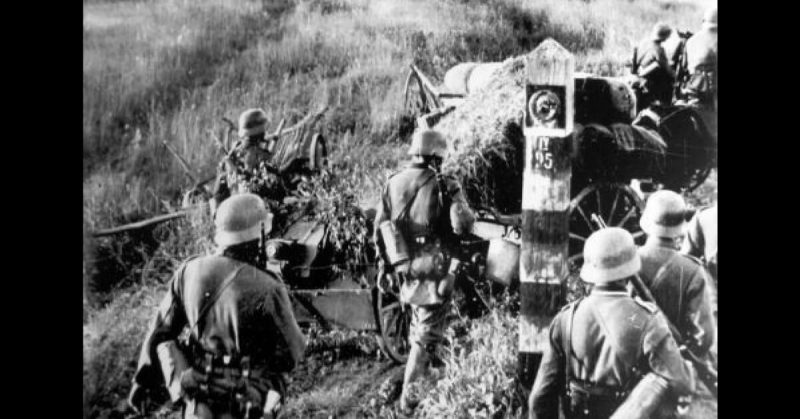Militaries are hierarchical and, despite their low status, cooks play a vital role. Besides feeding troops, they also maintain morale which has a significant impact on performance. One army cook took it a step further by becoming a hero.
Ivan Pavlovich Sereda was born on July 1, 1919, in the village of Oleksadrivka, now a neighborhood in the Ukrainian city of Kramatorsk. The Seredas were a peasant family. They moved to the bigger village of Galitsynovka for better opportunities.
Sereda opted out of college and enrolled in the Donetsk Food Training Center to become a cook. Upon graduating, he went on to do just that – but not quite in the way he had expected.
Despite the Soviet Union’s non-aggression pact with Nazi Germany, the Soviet leader, Joseph Stalin, remained suspicious, and with good reason. As early as 1925, Adolf Hitler’s autobiography, Mein Kampf, mentioned his desire to invade Soviet territory to provide living space for the German people.
Sereda was drafted into the Red Army in November 1939. After basic training, he was assigned as a cook to the 91st Tank Regiment, 46th Tank Division of the 21st Mechanized Corps.
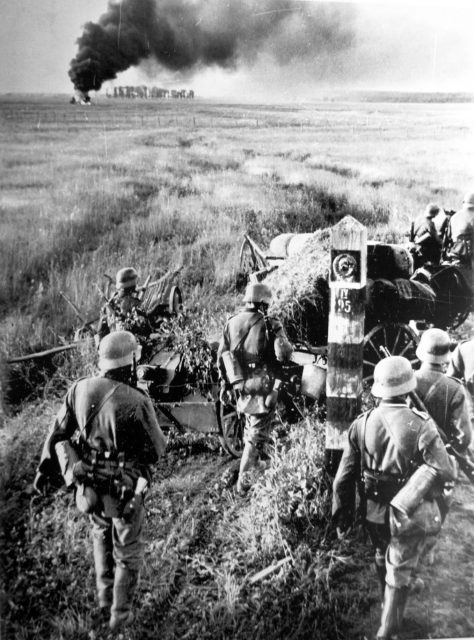
In February 1941, German troops began assembling on the Romanian-Soviet border, while German planes flew surveillance missions over the Soviet Union. Stalin was reluctant to believe that an invasion was imminent. Germany was still trying to bring Britain to its knees in the west. Why would it fight another war in the east?
It was not until June 21 that the Soviet military went on high alert. At around 1 AM the next day, all forces were mobilized for combat with one caveat – to “avoid provocative actions of any kind.”
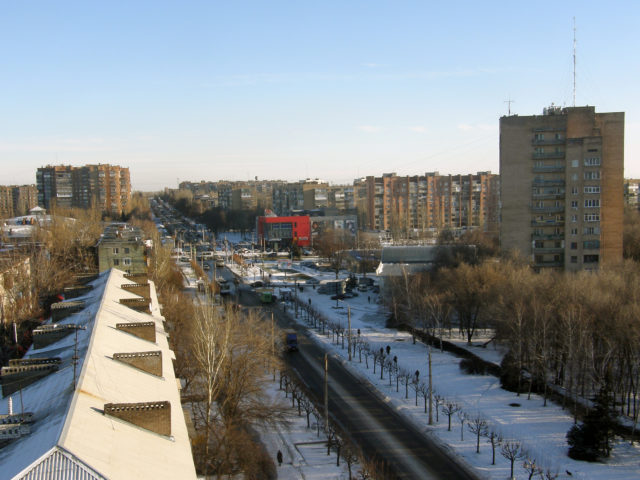
Soviet communications infrastructure was terrible. Many units on the frontline either received the call too late or did not receive it at all. At a little past 3 AM on June 22, German troops crossed the border. Operation Barbarossa (the German invasion of the Soviet Union) had begun.
Germany bombed cities in Soviet-occupied Poland. Also the Soviet cities of Kronstadt near Leningrad, Ismail in Bessarabia, as well as Sevastopol in the Crimea. Some three million German soldiers made their way onto Soviet territory, met by a smaller force of Soviet troops on the front lines.
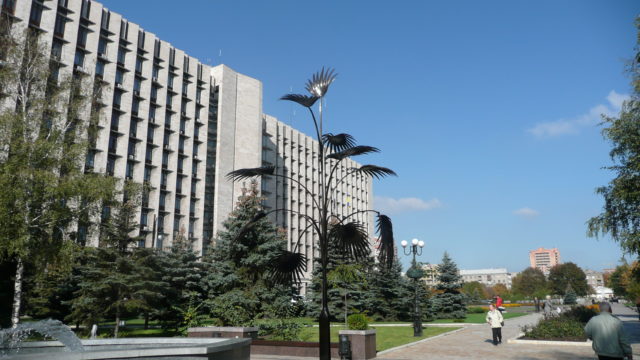
Most Soviets did not know they were being invaded as their country was so vast. They became aware at around noon when Foreign Minister Vyacheslav Molotov announced it on the radio.
In August 1941, Sereda was in a camp outside the city of Dvinsk (now Daugavpils in Latvia). It was evening, and the soldiers were out on maneuvers, leaving him alone in his field kitchen preparing dinner.
A tank rolled up. Sereda stared at it, wondering how many more men he would need to feed. Then he realized the tank was not Soviet-made. It was German.
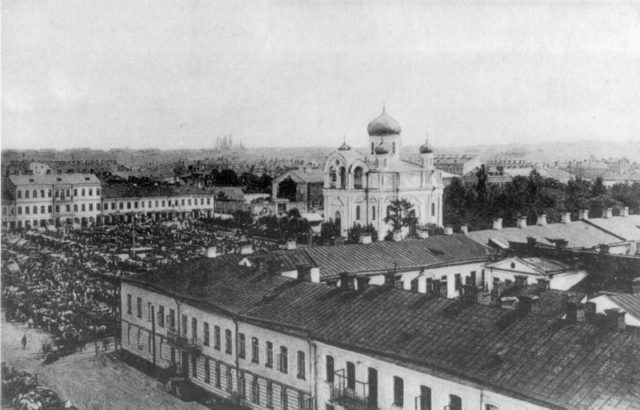
Sereda hid behind the kitchen tent. The tank stopped in the clearing, and four soldiers got out talking in German. He grabbed his rifle and an ax he used for cutting firewood. Then he charged, screaming like a maniac.
The Germans, thinking they were outnumbered, climbed back into their tank with the Soviet cook hot on their heels. They shut the hatch and seconds later opened fire with their machine gun, but Sereda was on the tank. With his ax, he hacked away at the gun barrel, pummeling until it bent.
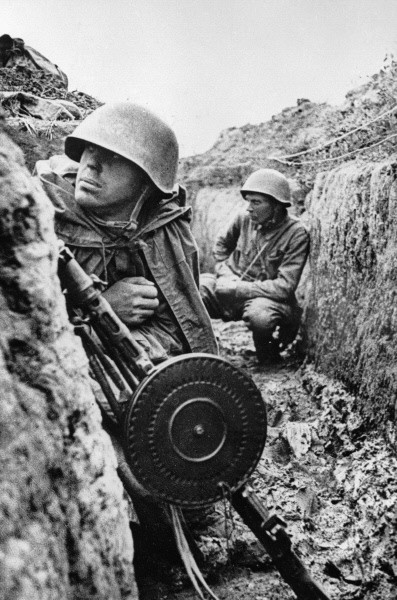
The German troops revved up the tank to escape, but Sereda stuffed the peepholes so the Germans could not see out.
He continued hammering on the tank with his ax while yelling at his comrades to bring their tank grenades. There were no comrades around but not knowing that the Germans surrendered.
Sereda ordered them out one by one. As each soldier appeared he ordered them to tie each other up. On their return, Sereda’s superiors were impressed with his actions, and they made him a scout.
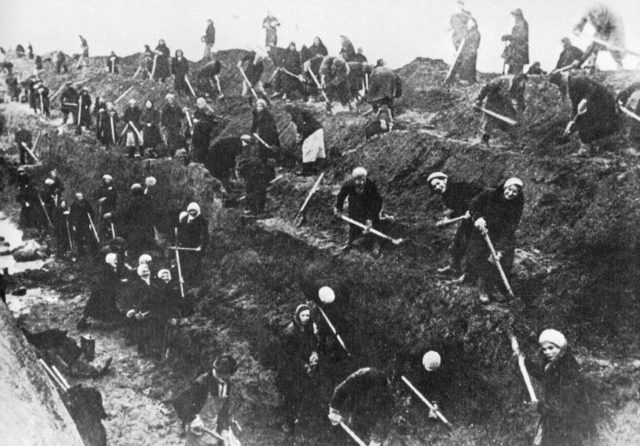
Weeks later, the former cook came across a German tank chasing a group of Soviet soldiers. When they stopped to reconnoiter, Sereda snuck up to the tank and threw a grenade into it, killing the crew. Before the rest could react, he climbed into the tank and fired – killing about a dozen Germans and forcing the rest to surrender.
He was then made a platoon commander of the 4th Infantry Regiment, 46th Infantry Division of the 1st Shock Army. He fought in the Siege of Leningrad from October 10 to November 23.
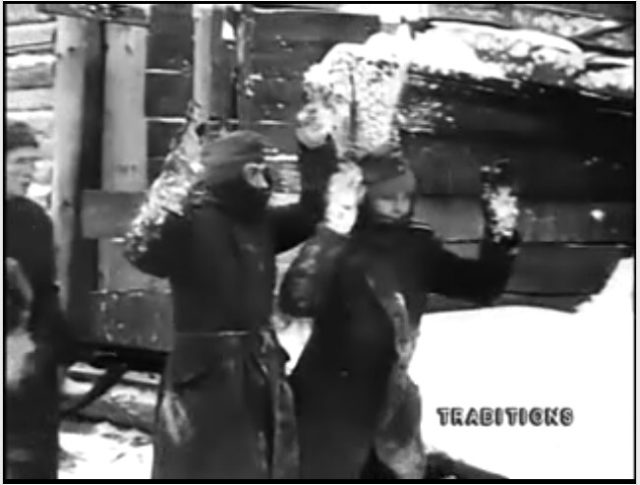
He was promoted to company commander of the 7th Infantry Regiment, 185th Infantry Division of the 30th Army. He saw action at the Battle of Moscow from November 27 to January 5, 1942.
When he was discharged in 1945, he held the rank of lieutenant and was awarded the Hero of the Soviet Union, the Order of Lenin, and several more. Not bad for a cook.
